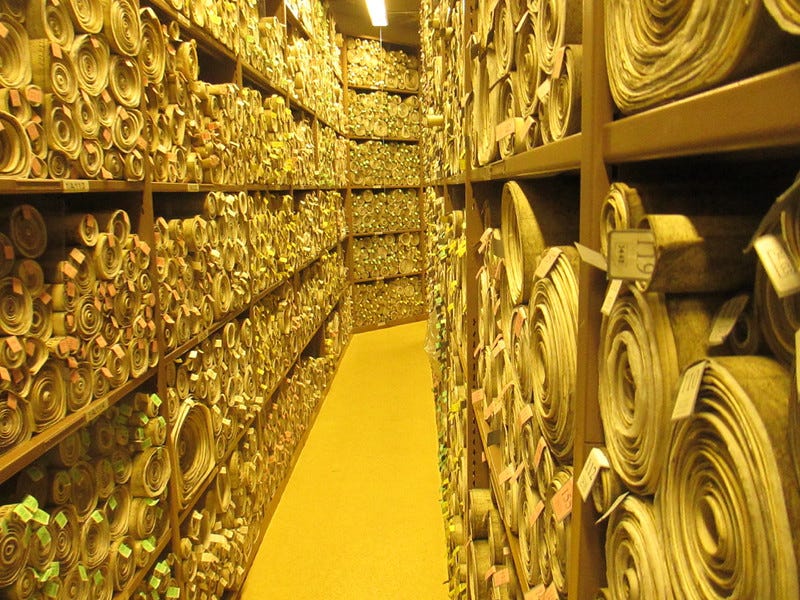How Can I Discover More About London History?
The best web resources, archives, blogs, social media, podcasts and more.

In this week’s Londonist: Time Machine, I’ve picked out some of my favourite resources for getting your claws into history. Books, podcasts, blogs, archives, social media accounts, and anything else that help…




